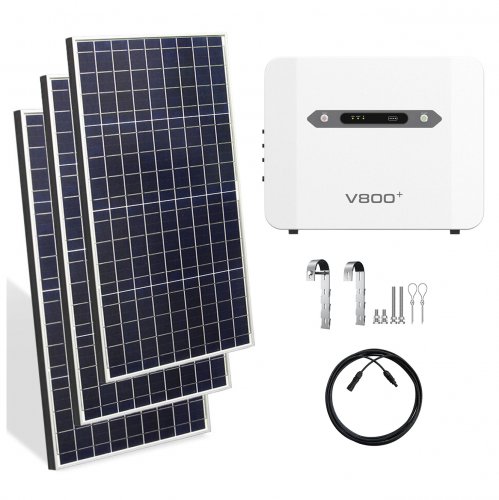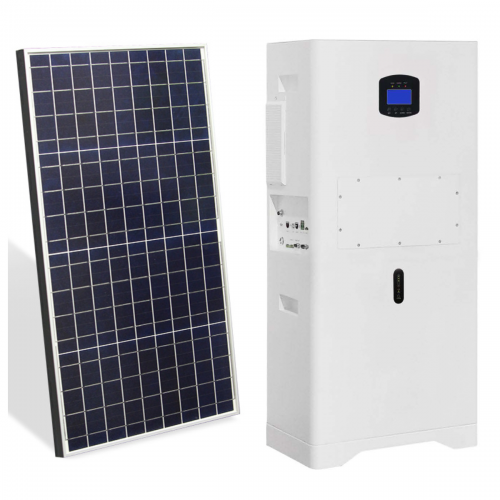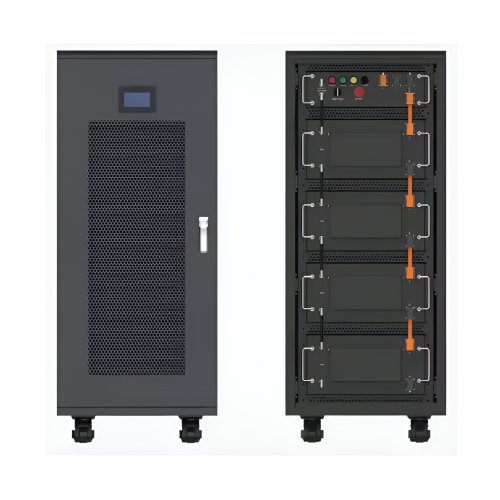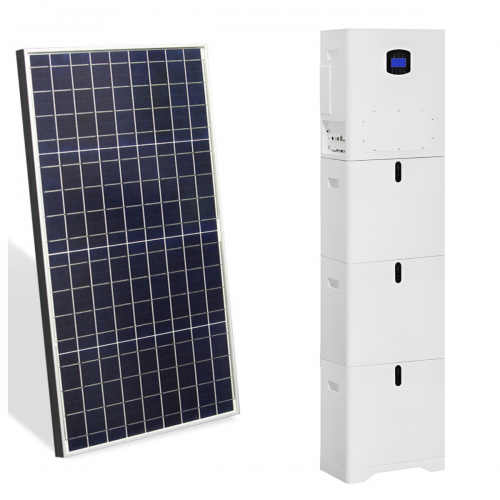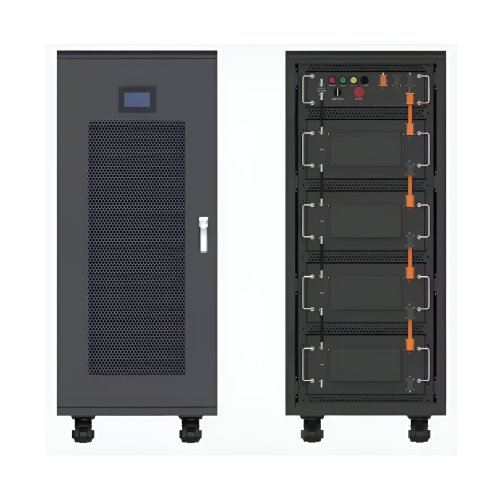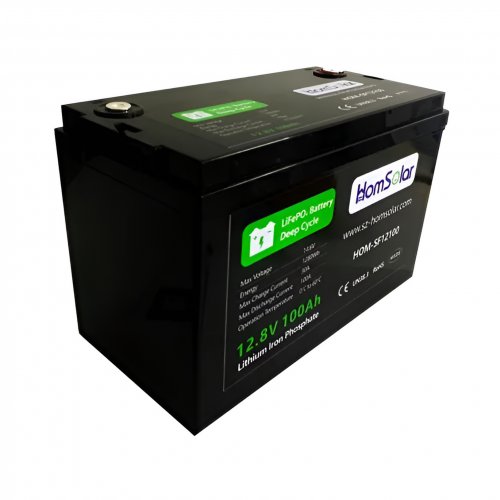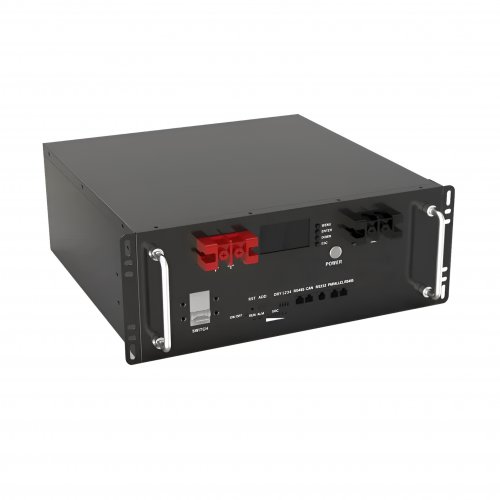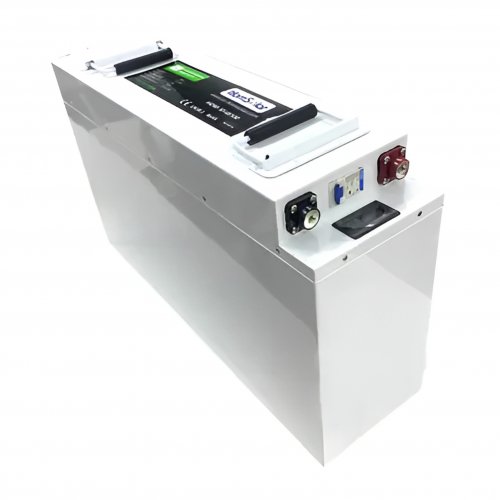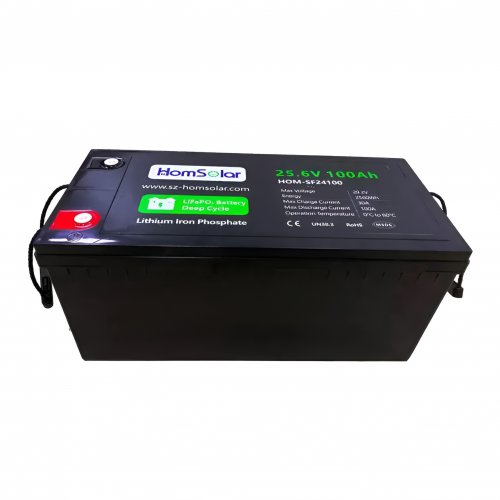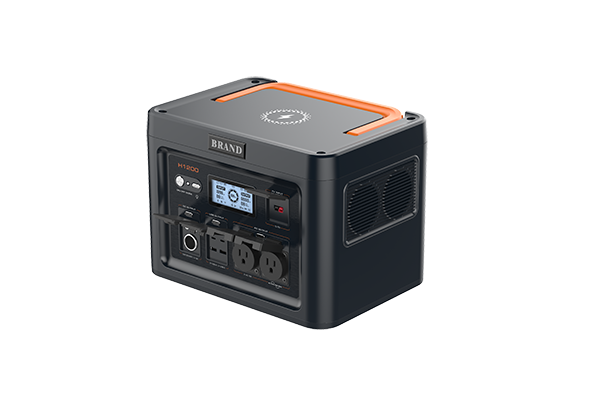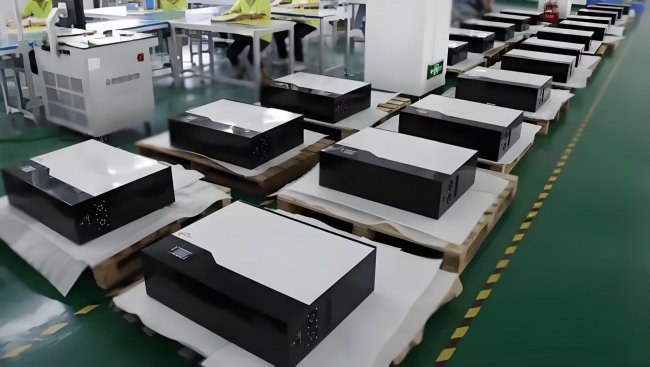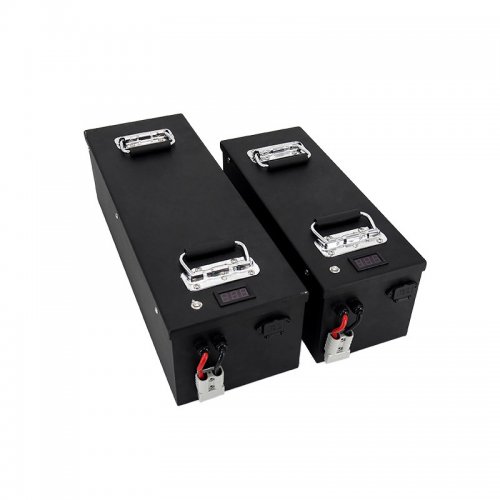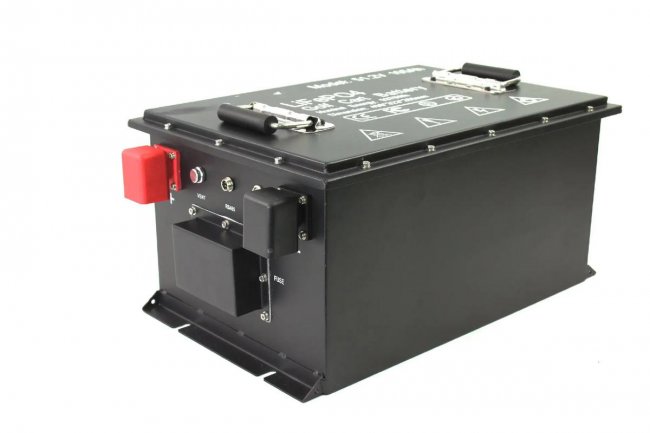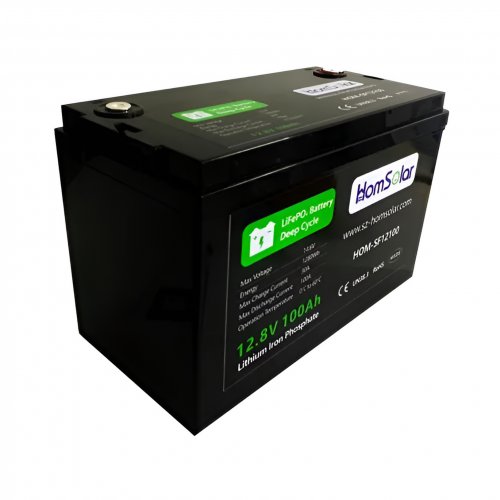Solar buyer ‘lucky streak’ must not influence UK PPAs, warns LCP Delta
High strike prices could stall the UK solar PPA market, LCP Delta has warned. It follows new analysis which found an unlikely alignment of market price with favorable weather conditions has driven a run of profitability.
In a report covering solar PPAs from LCP Delta’s Power Insights service, the analyst found pay-as-produce solar PPAs have performed better than expected, with an average seasonal profit for offtakers of GBP 3.15 ($3.97)/MWh from 2019 to 2024. LCP Delta’s analysis claims the probability of achieving this level of average profits, or higher, was less than 25% over the period.
Bertalan Gyenes, report author and a consultant at LCP Delta, told pv magazine the analysis focused on utility PPAs, the kind that energy companies buy “as part of their hedging strategy”. These PPAs are bought up to one year in advance, unlike the longer-term 10- and 15-year PPAs favored by corporate offtakers.
The risk for utilities buying solar PPAs is found in two places, Gyenes said. Offtakers must consider the longer-term seasonal forecast for solar generation, as well as the shaping costs the utility will pay to balance generation in the day-ahead wholesale electricity market, when considering the PPA strike price.
Utilities have profited from the gaps between PPA strike price and day-ahead electricity prices, which have lined up with solar generation in a complementary way, according to LCP Delta’s analysis.
Titled “The true cost of risk”, the report uses the baseload market reference price (BMRP) for Great Britain to represent the solar PPA strike for each season, which it claims is broadly representative. In 2019 and 2020, the gap between BMRP and day-ahead pricing were closely aligned.
However, Russia’s decision to withhold gas from markets in summer 2021 led to a spike in electricity prices which corresponded with surplus generation. PPA offtakers could sell the surplus at a profit, as day-ahead market pricing was higher than the PPA strike price. The gap between long-run seasonal strike prices and short-run day-ahead prices continued, increasing between 2021 and 2023, driven by the evolution of gas prices.
By analyzing the gap between day-ahead pricing and PPA strike prices alongside the difference in seasonal average generation and the volume of solar generation hedged in PPAs, LCP Delta found a run of seven consecutive profitable seasons. It was an outcome with 0.8% probability, according to the analyst.
Profitable periods included four half-year seasons when the average day-ahead market price for electricity was below the strike price during a shortfall of generation, meaning utilities could buy power at a lower cost; and three periods when surplus generation lined up with market prices higher than PPA strike prices.
There are signs the lucky streak is over, and Gyenes told pv magazine early data suggest that in winter 2024, the long-term seasonal hedge will not have been profitable for solar PPA offtakers. LCP Delta is now recommending British utilities do not take long-term seasonal profits for granted in the next round of PPA negotiations, set for spring 2025.
The analyst has suggested negotiators consider the seasonal baseload price as the starting point for negotiating a strike price, currently in the range of GBP 80-100/ MWh, to “account for risks and maintain market stability.” This would be a step down from the average seasonal baseload price of GBP 118/MWh between 2019 and 2024.
Gyenes told pv magazine that missing the mark on strike prices could have consequences for solar deployment.
“If you end up setting the price too high the offtakers are going to lose money on it, essentially, which means they’re not going to be interested in it anymore,” he said. “The solar generators would have to then try and sell on the day-ahead market or they would have to go to various exchanges, which increases their risk.”
Customized/OEM/ODM Service
HomSolar Supports Lifepo4 battery pack customization/OEM/ODM service, welcome to contact us and tell us your needs.


HomSolar: Your One-stop LiFePO4 Battery Pack & ESS Solution Manufacturer
Our line of LiFePO4 (LFP) batteries offer a solution to demanding applications that require a lighter weight, longer life, and higher capacity battery. Features include advanced battery management systems (BMS), Bluetooth® communication and active intelligent monitoring.

Customised Lithium Iron Phosphate Battery Casing
ABS plastic housing, aluminium housing, stainless steel housing and iron housing are available, and can also be designed and customised according to your needs.

HomSolar Smart BMS
Intelligent Battery Management System for HomSolar Energy Storage System. Bluetooth, temperature sensor, LCD display, CAN interface, UART interface also available.


Terminals & Plugs Can Be Customized
A wide range of terminals and plugs can be customised to suit the application needs of your battery products.

Well-designed Solutions for Energy Storage Systems
We will design the perfect energy storage system solution according to your needs, so that you can easily solve the specific industry applications of battery products.



About Our Battery Cells
Our energy storage system products use brand new grade A LiFePO4 cells with a battery lifespan of more than 4,000 charge/discharge cycles.



Applications in Different Industries
We supply customized & OEM battery pack, assemble cells with wiring, fuse and plastic cover, all the cell wires connected to PCB plug or built BMS.
Applications: E-bike, Electric Scooter, Golf Carts, RV, Electric Wheelchair, Electric Tools, Robot Cleaner, Robot Sweeper, Solar Energy Storage System, Emergency Light, Solar Power Light, Medical Equipment, UPS Backup Power Supply.
We can provide you with customized services. We have the ability to provide a vertical supply chain, from single cells to pack/module and to a complete power solution with BMS, etc.


HomSolar (Shenzhen) Technology Co., Ltd







